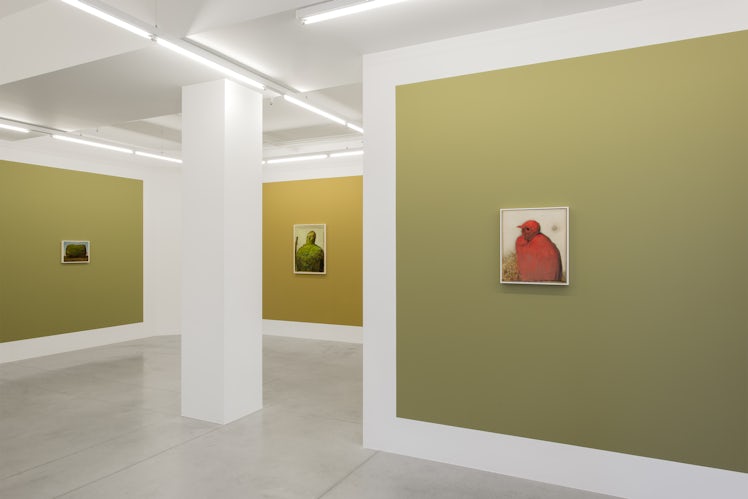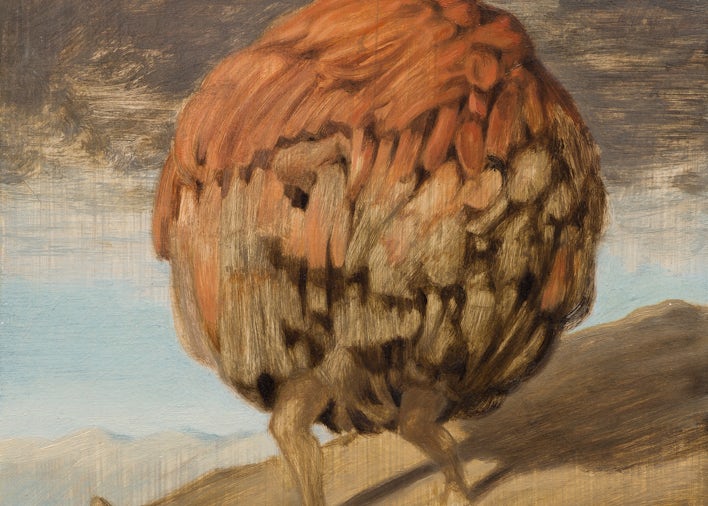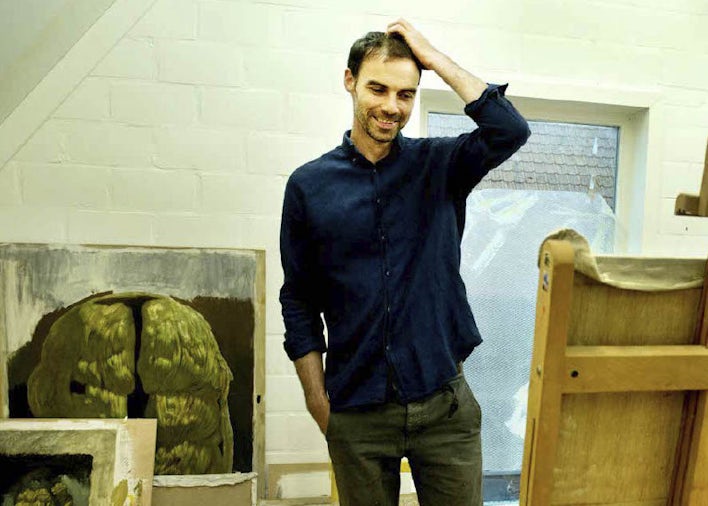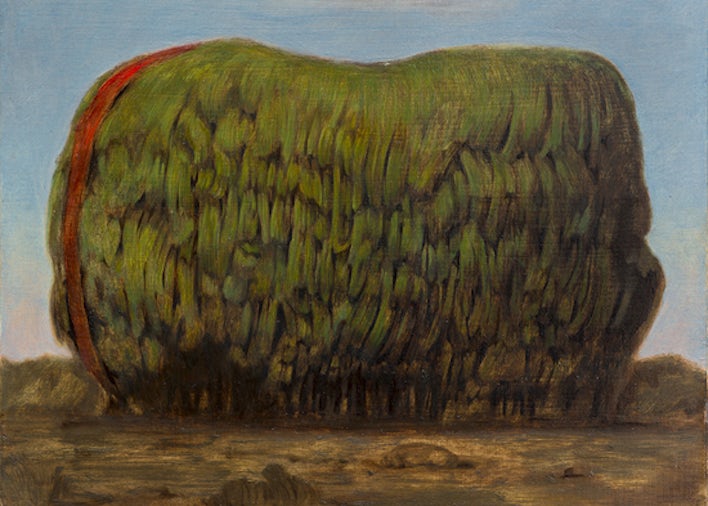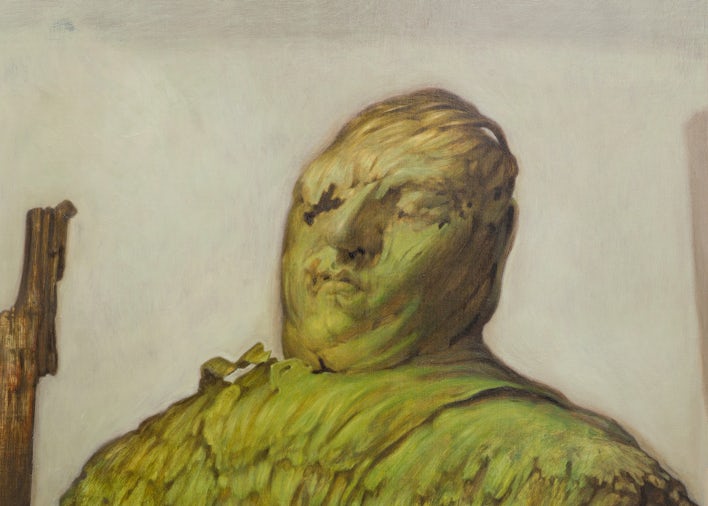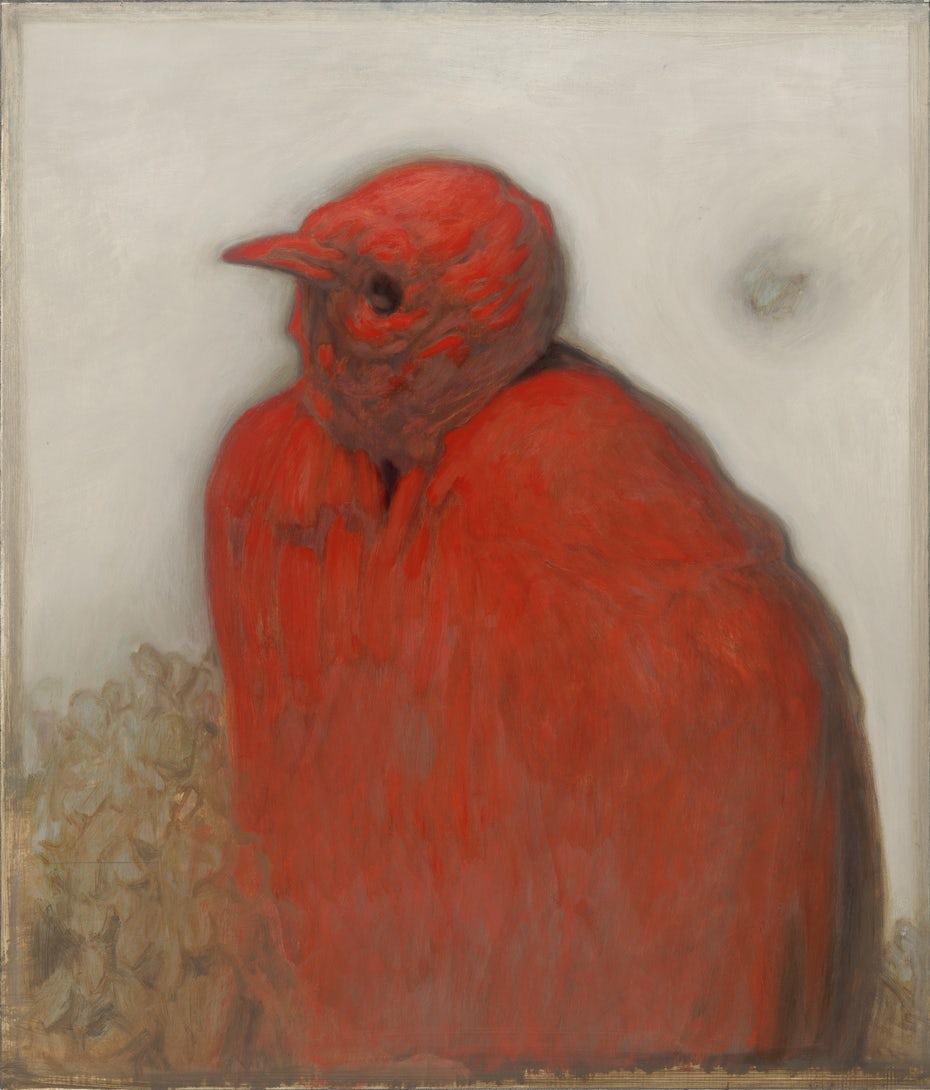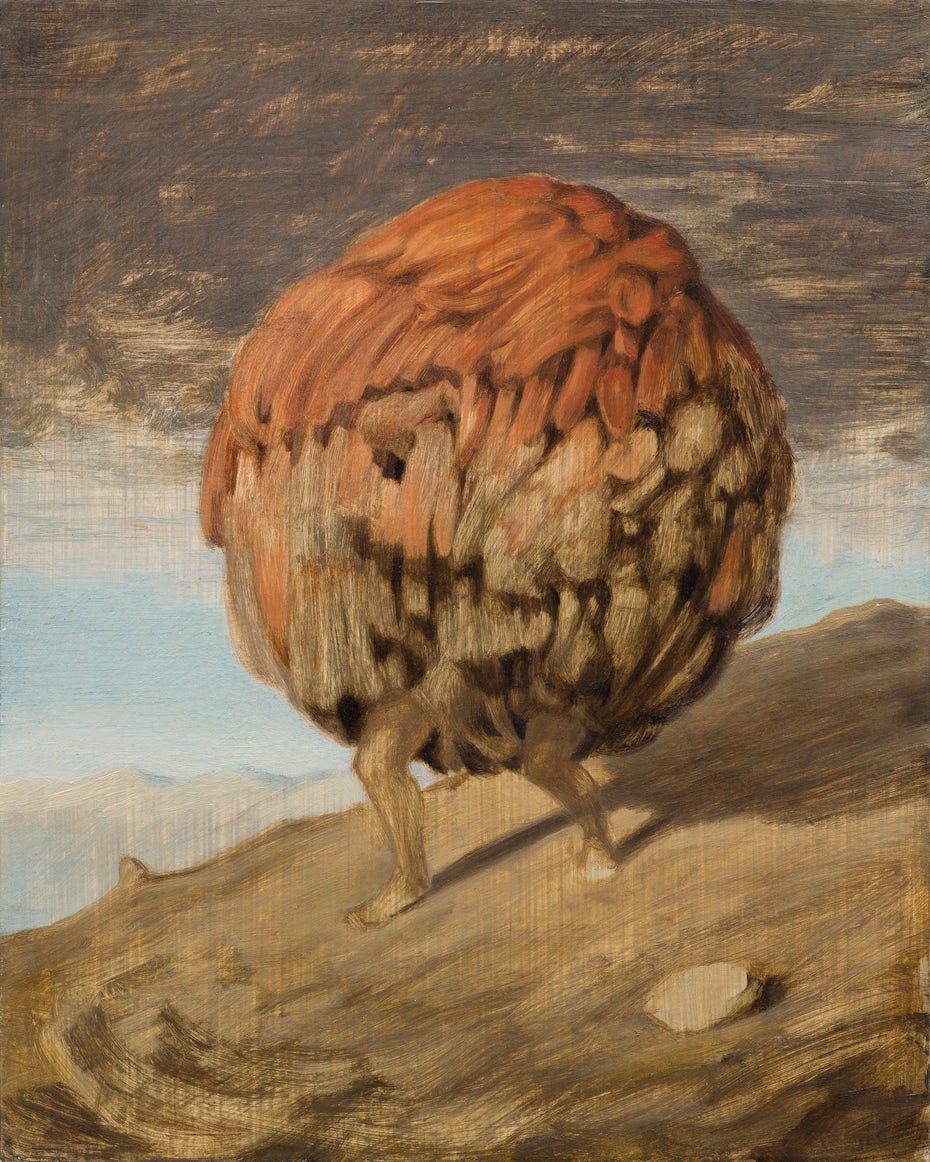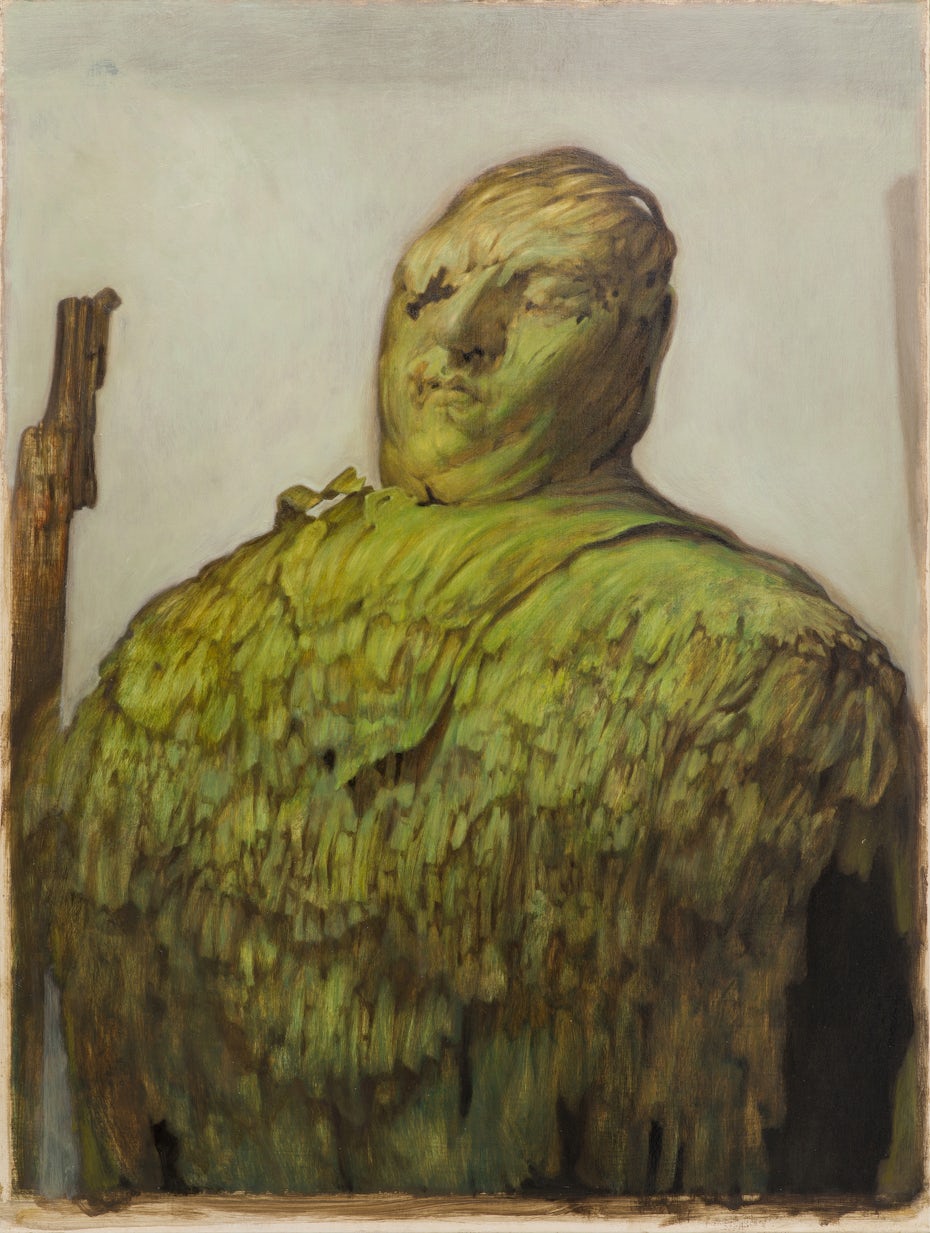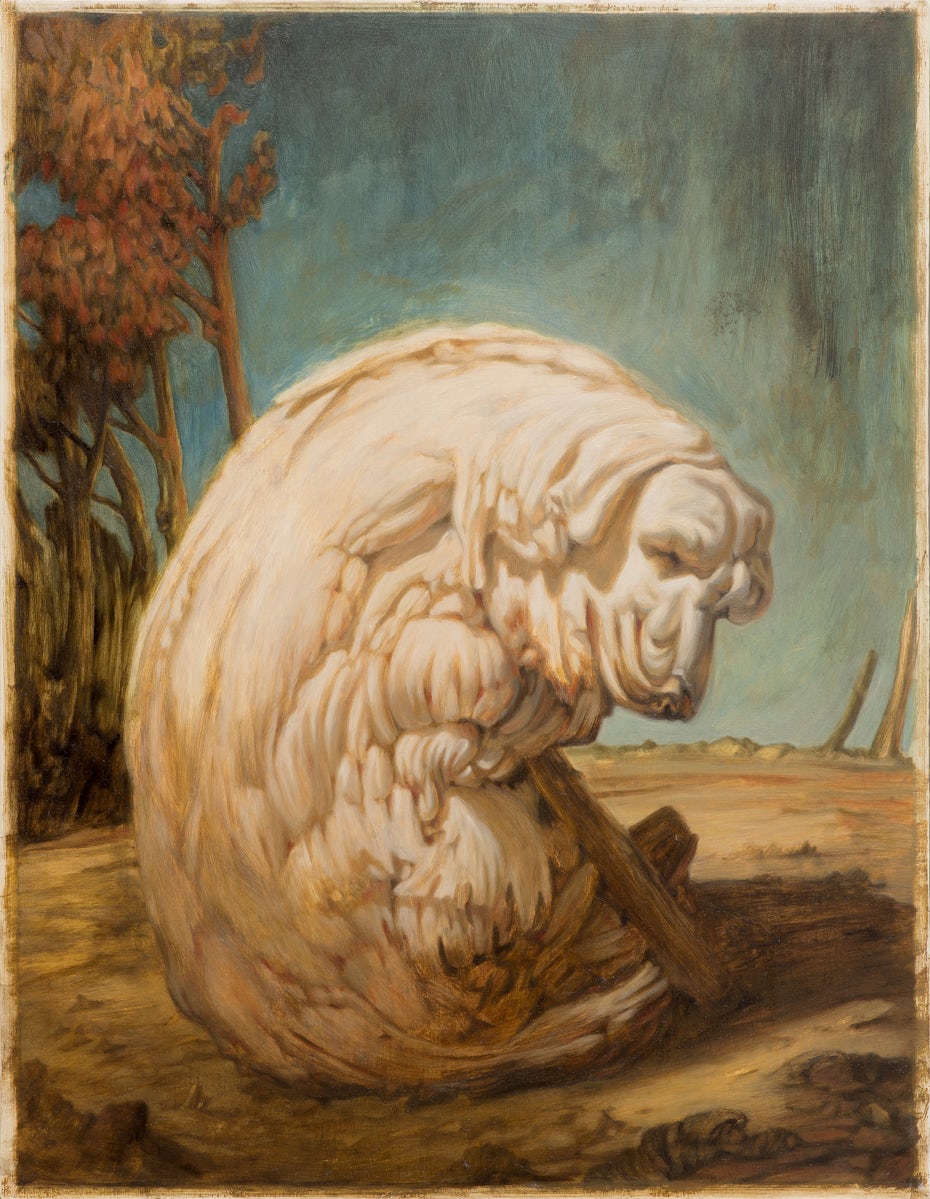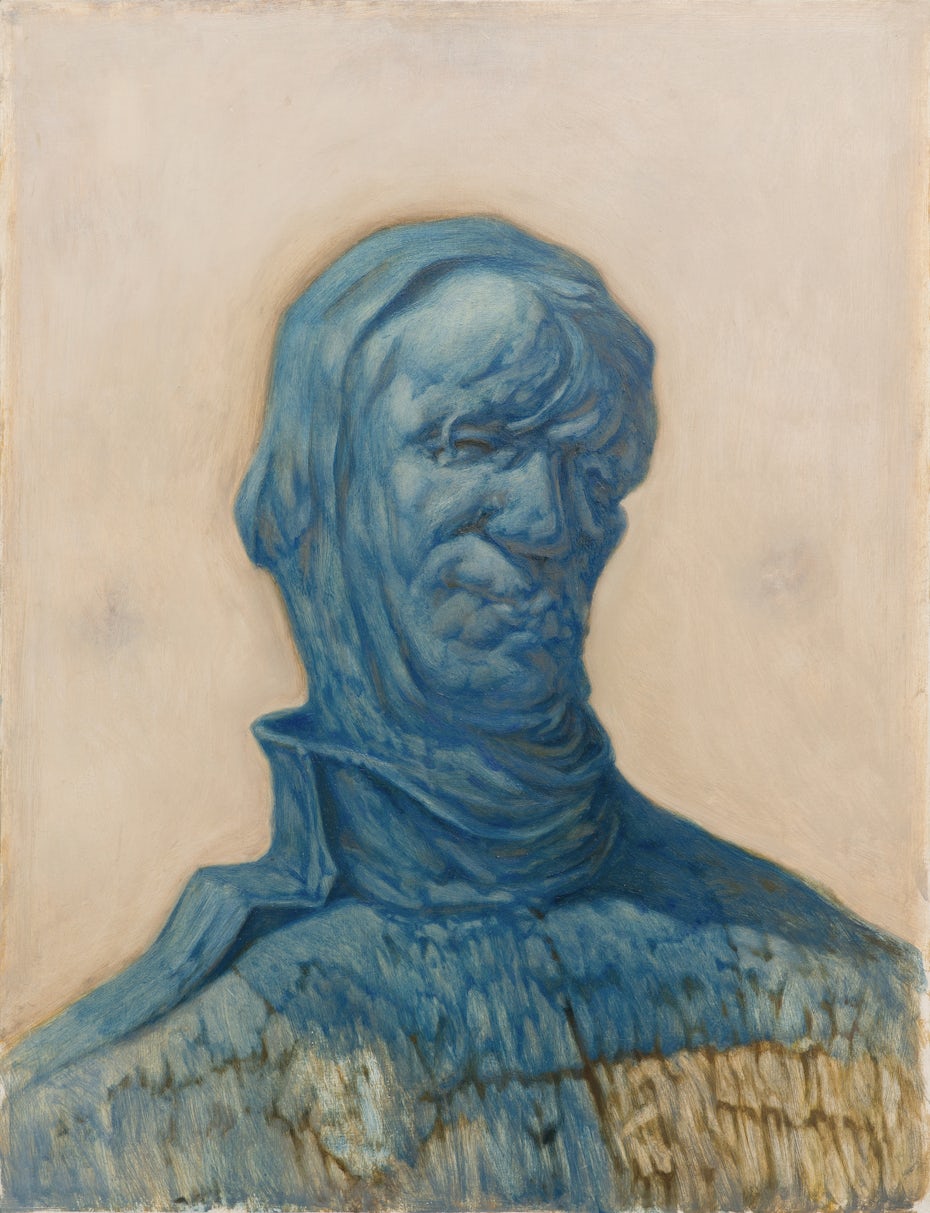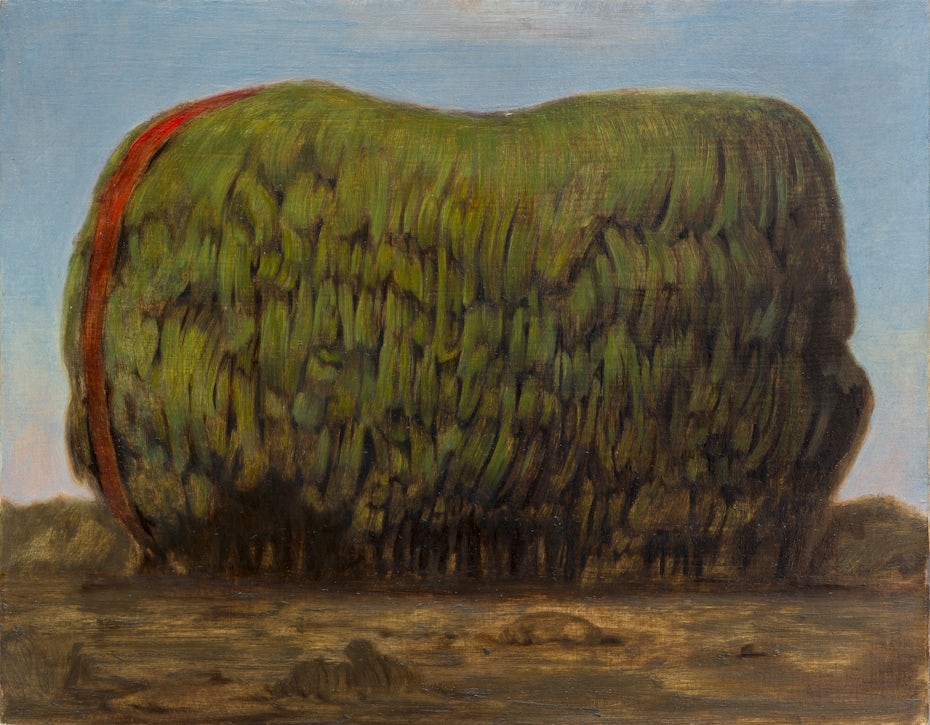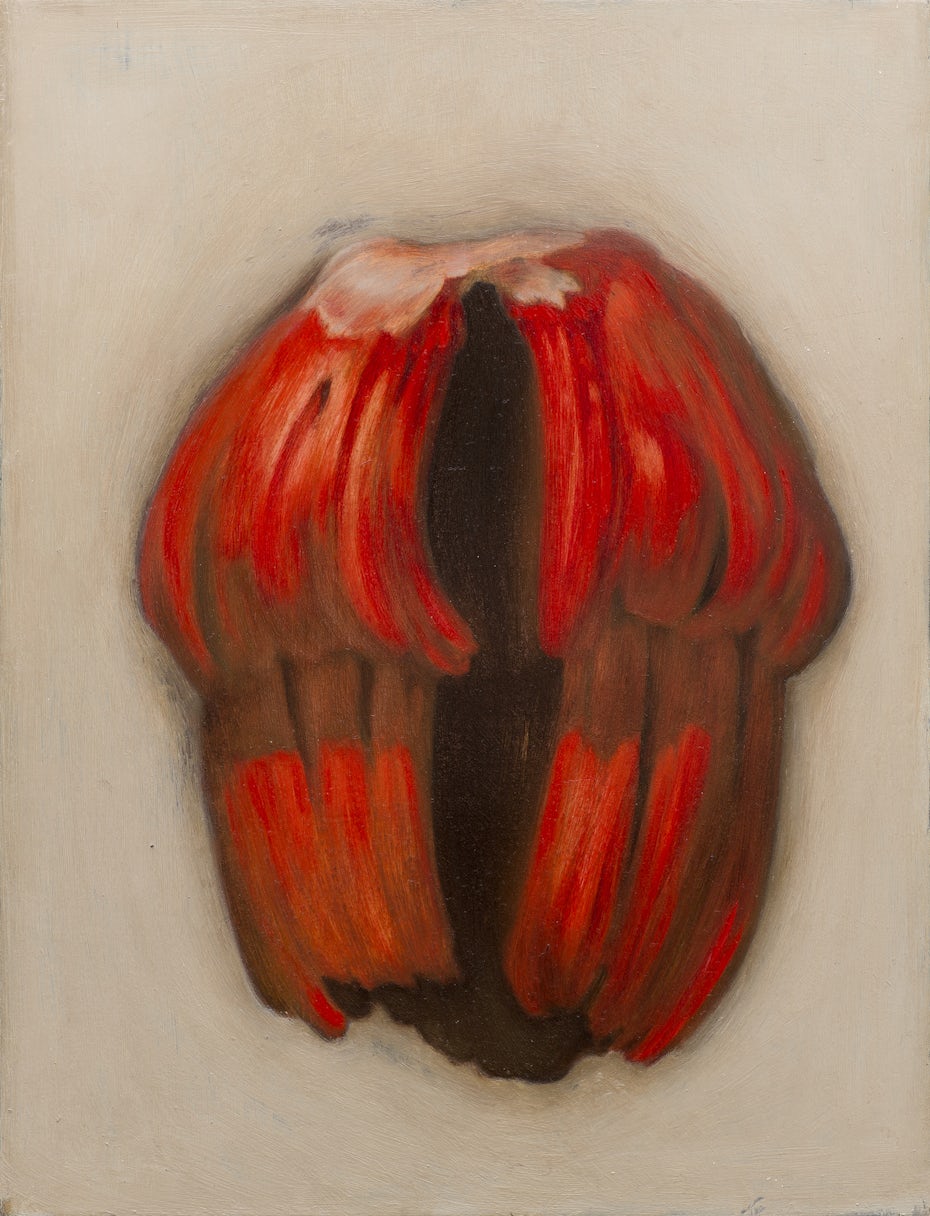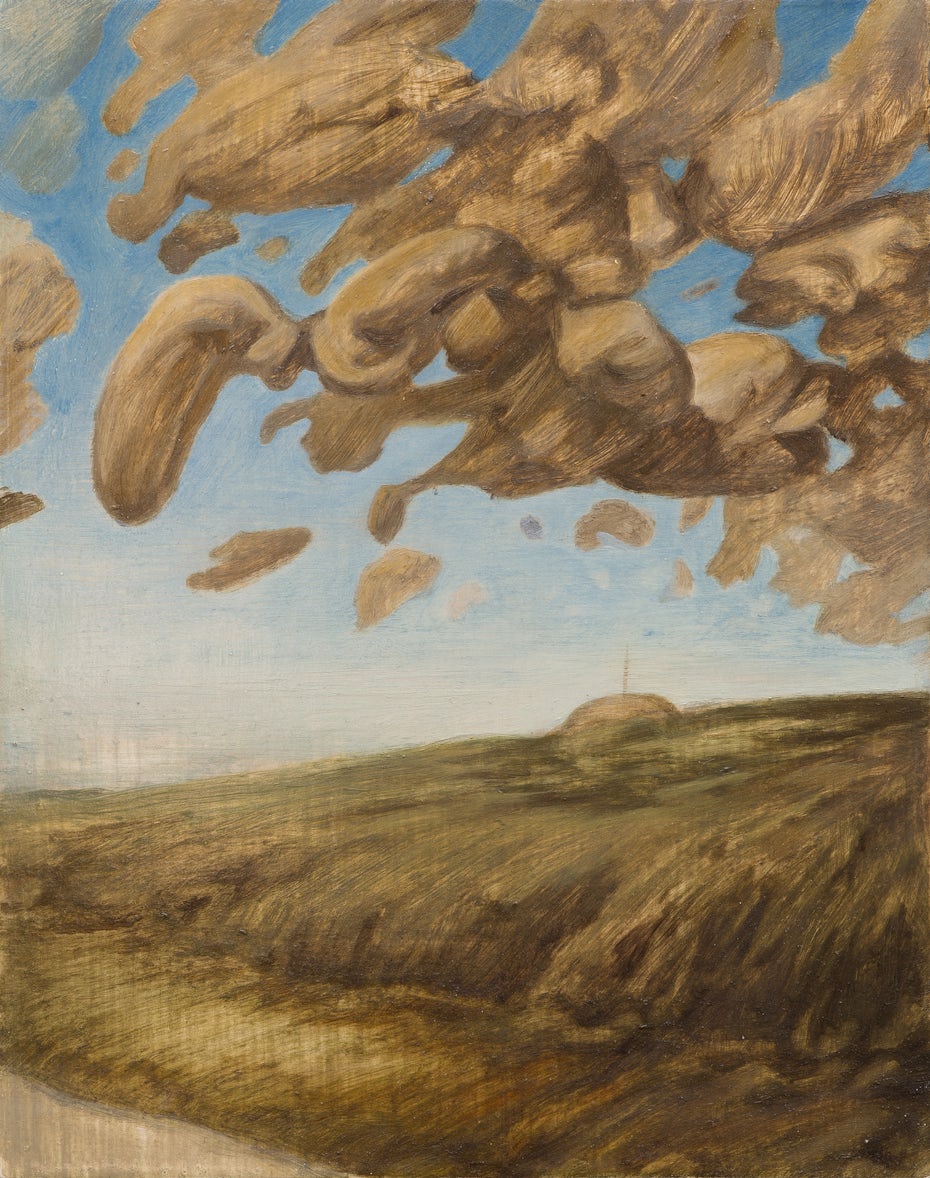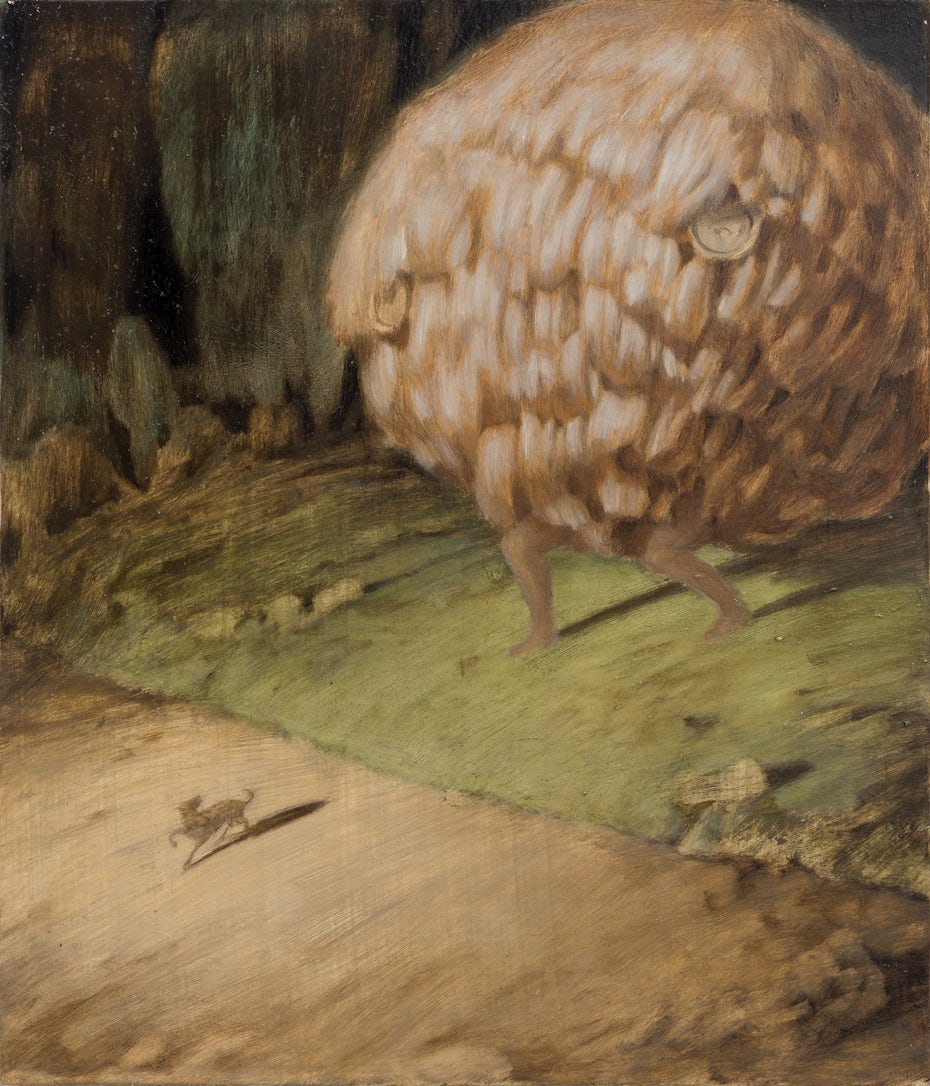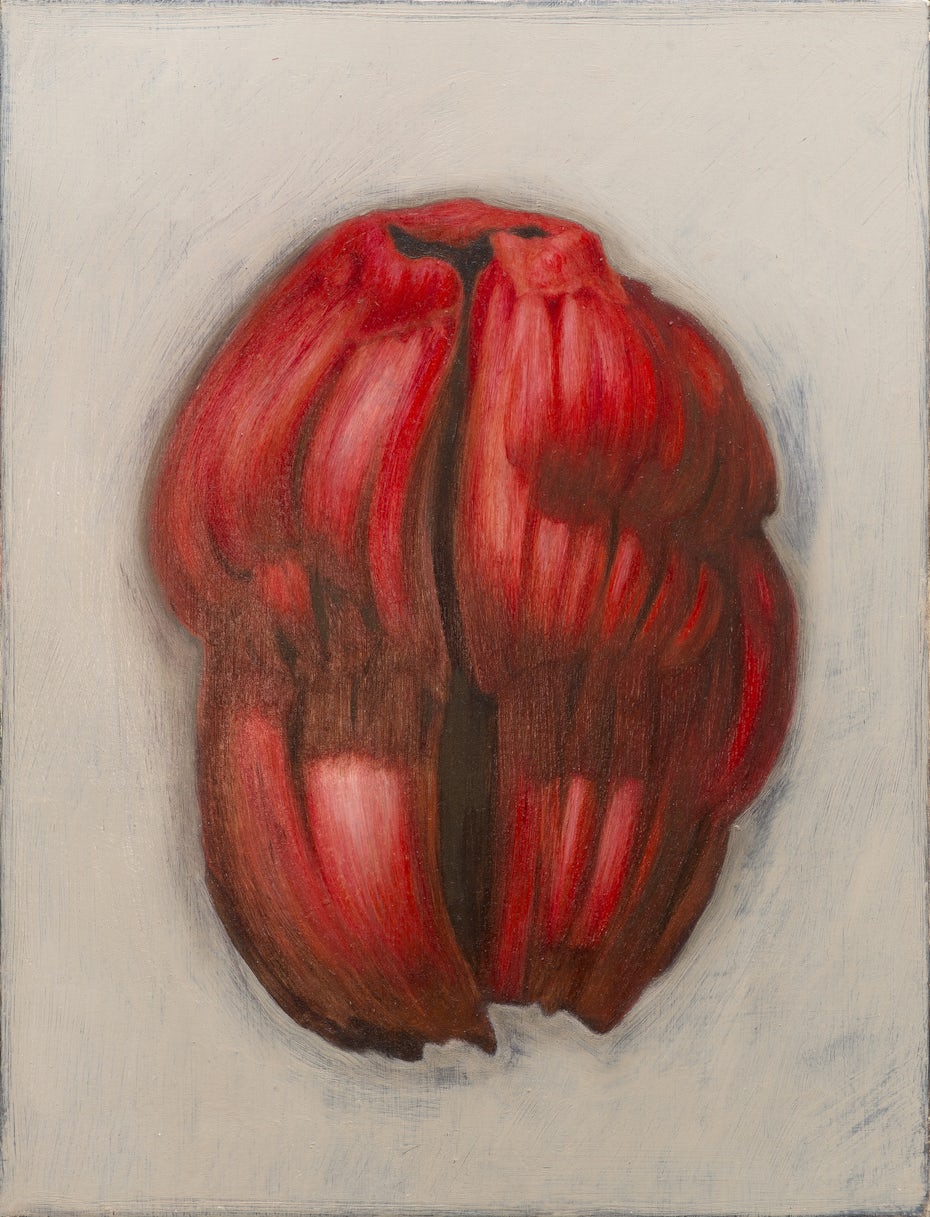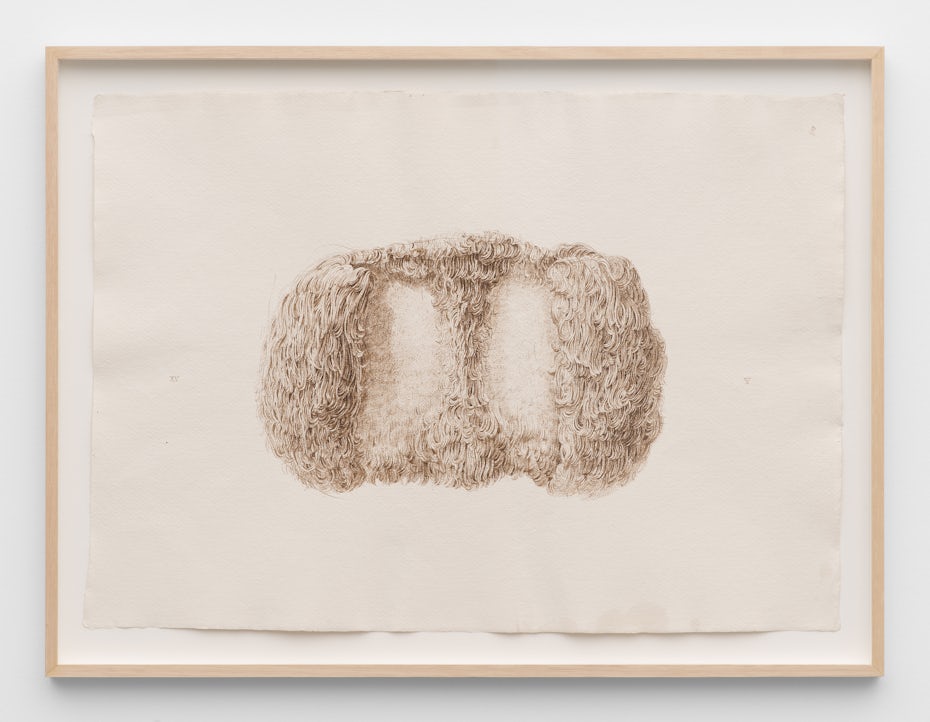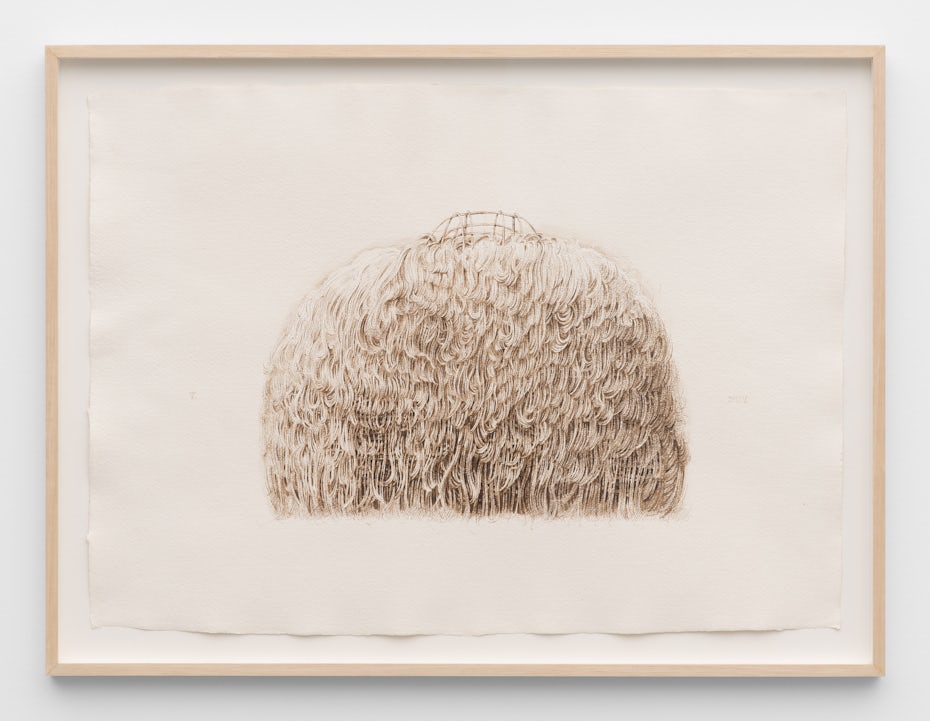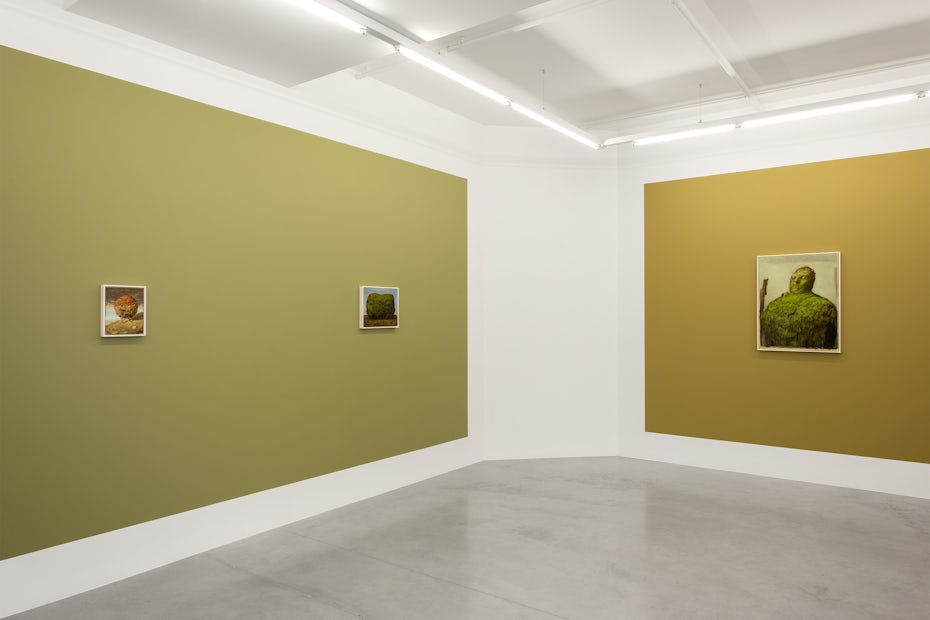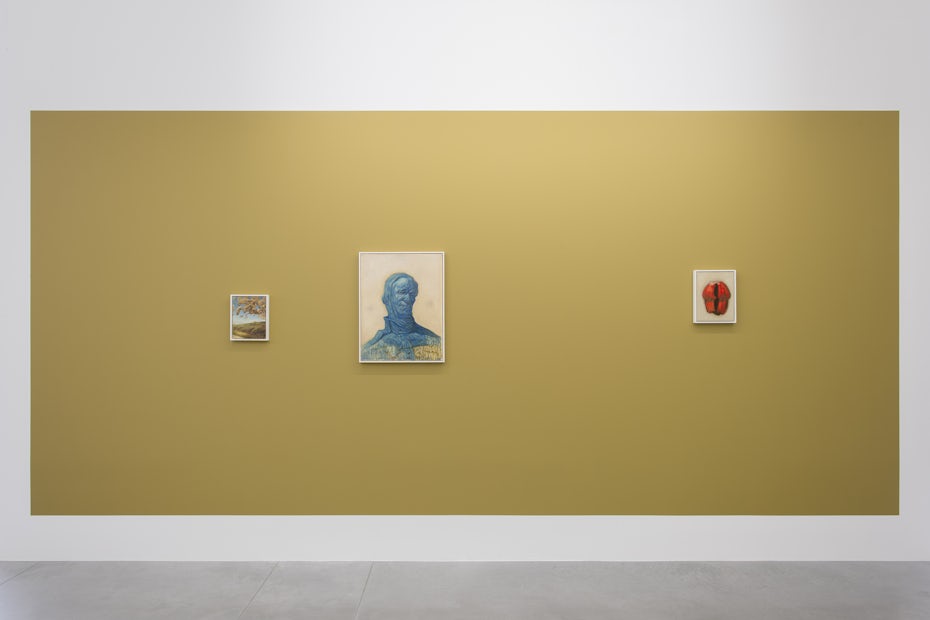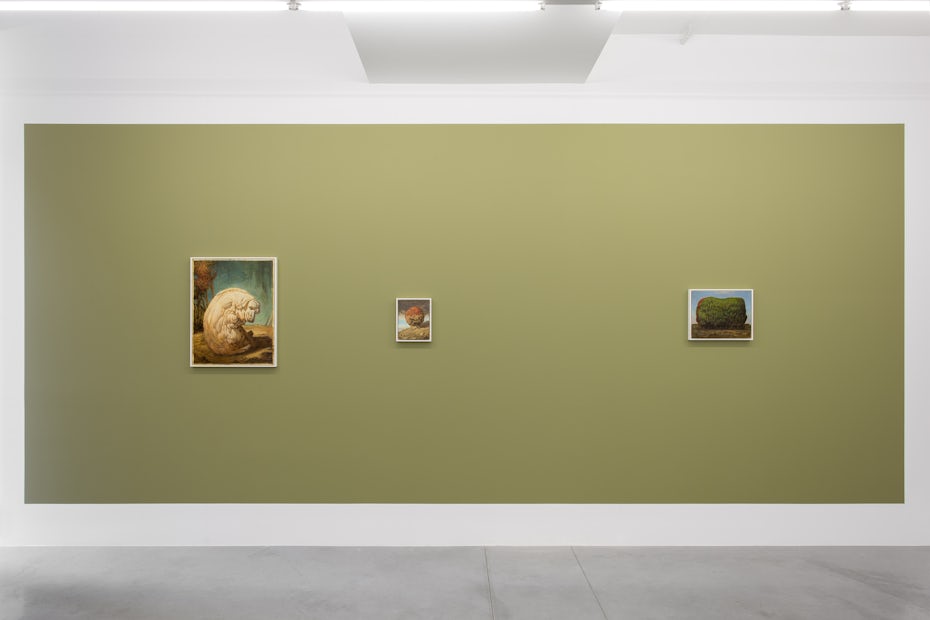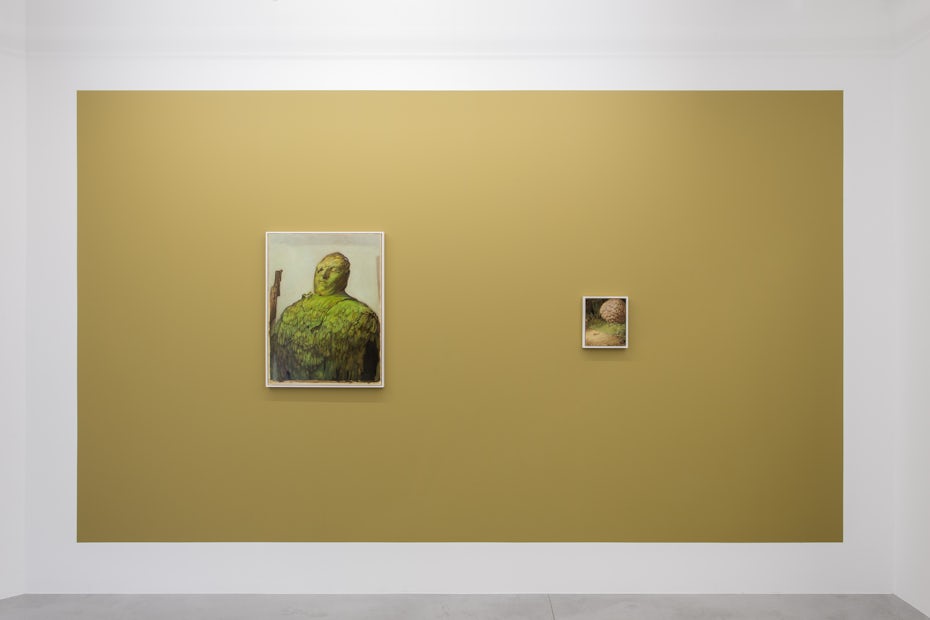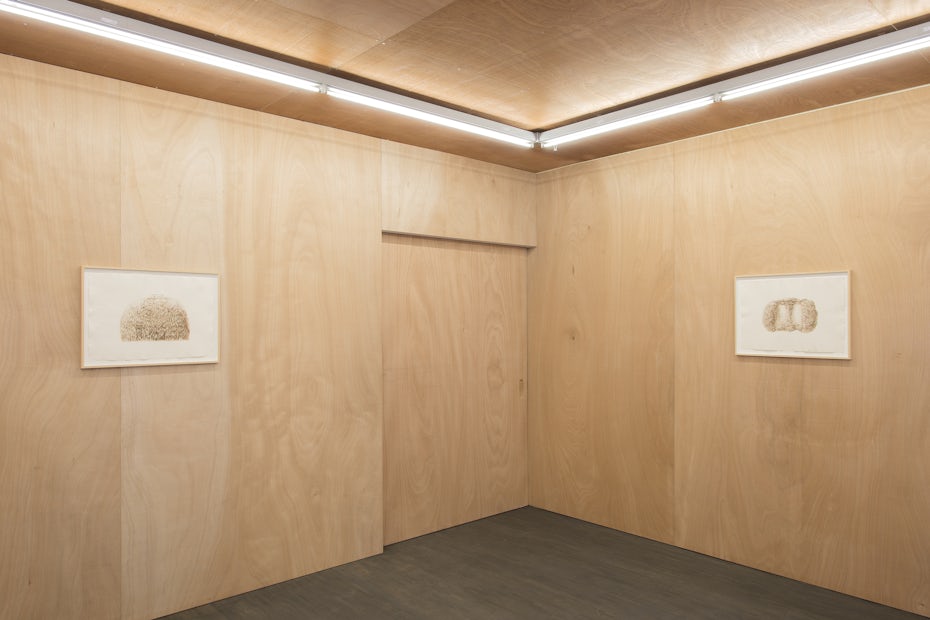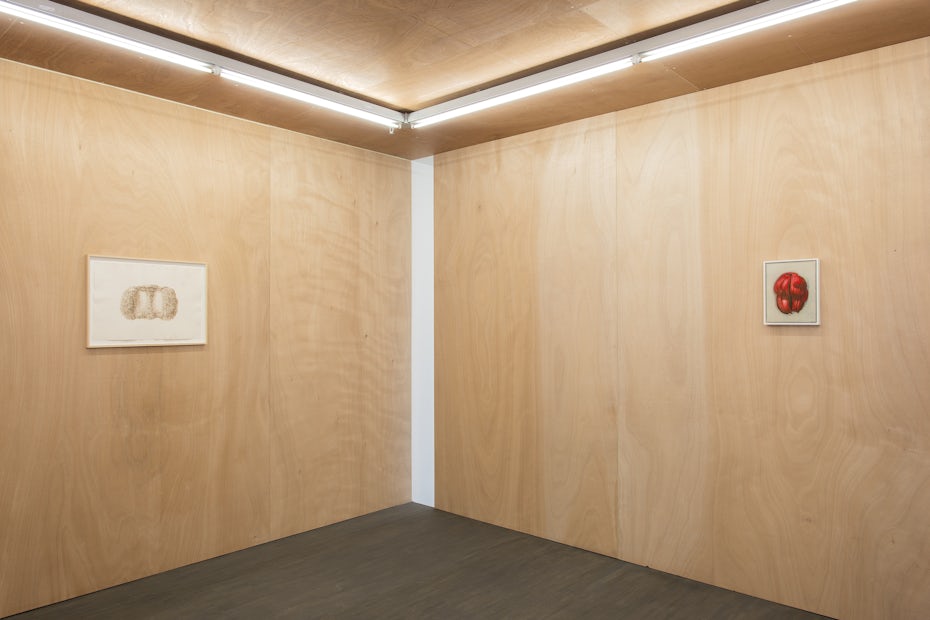Tussenstaat
Tinus Vermeersch
Brussels
14.11 - 19.12.2015
Works
Installation views
Press release
TINUS VERMEERSCH – TUSSENSTAAT
14 November – 19 December, 2015
Still in his thirties, Tinus Vermeersch lives in the present day, drives his car while listening to the radio, doesn’t paint by candlelight and, as far as we know, no longer believes in the devil or hell. Quite simply, he is evolving in another dimension; one that is impervious to the assault of time or the shams of the contemporary world. This feat is only within reach of a few exceptionally gifted dreamers. He is neither ancient nor modern (he couldn’t resist the jubilation of hurling the following quip at one of his colleagues, a French painter: “I see so many artists – painters, sculptors – running after modernity… last I heard, they were still running”). Tinus himself runs after nothing, neither hypothetical modernity nor his great Flemish ancestors. He follows his own imagination. Calmly, he gives shape to the dictates of his subconscious. Slowly, meticulously, intensely. He produces little; by nature he is indifferent to the commercialism of his times. He is simply guided, step by step, by his instincts. His work only reached our galleries about ten years ago.
His career began with small pen-and-ink drawings on paper, monochrome or coloured with tempera in the old style, sometimes no bigger than a postcard or even smaller. Miraculously, there was so much life, movement and mystery in them that they offered a more immersive experience than the vast canvasses of the old masters. They contained a primitive, minute humanity, barely outlined in silhouettes, engaged in the conquest of an entire world made of plants, rocks or mysterious shelters in the form of haystacks. It evoked the fragile dens of a childhood full of more or less mastered fears. Add to this a strange, moving collection of half-human, half-animal figures (the head of a bird, the claws of a wolf, the fleece of a goat). His work offered room for everyone to project their own fantasies, made fears as delicious as forbidden fruit and threw confusion into this original world where a background of menace, diffuse but undeniably present, hardly ever missed a beat. He is, in a way, a figurative artist devoid of realism. There is nothing abstract in what he depicts, but almost nothing ‘really’ exists either, at least outside his own world. Bit by bit, as his inspiration and control grew, Tinus Vermeersch passed from thumbnails to panoramic visions of this same world: large tempera landscapes that compelled immediate interest. A sculptor by both inheritance and aptitude, he has also ventured into the third dimension, giving palpable shape to his creatures.
Tinus Vermeersch has now turned to oil on wood, a medium rich in possibilities for expression and colour but also unforgiving of any uncertainty or lack of inspiration… The world he depicts has not changed its subjects, with one enormous difference: the human figure, previously rigorously excluded, has made a dramatic entrance. It is hieratic and grotesque, highly-coloured and intimidating. The scale of the pictures and the power of the medium give them an imperious presence. Let’s be clear: these are not complete people, ‘viable’ in the common sense. They are strange heads, fantastical faces emerging from nature through rocks and vegetation, somewhat in the manner of fungi. Some of them are mild and others threatening, massive or gnarled. They are the culmination of an unpredictable, underground fermentation. New species emerge in the mysterious world created by Tinus, species no more readily classified by rational minds than their predecessors. As usual, their creator will not be able to explain to us – or even to himself – why they are there.
Etienne Wauty, October 2015
